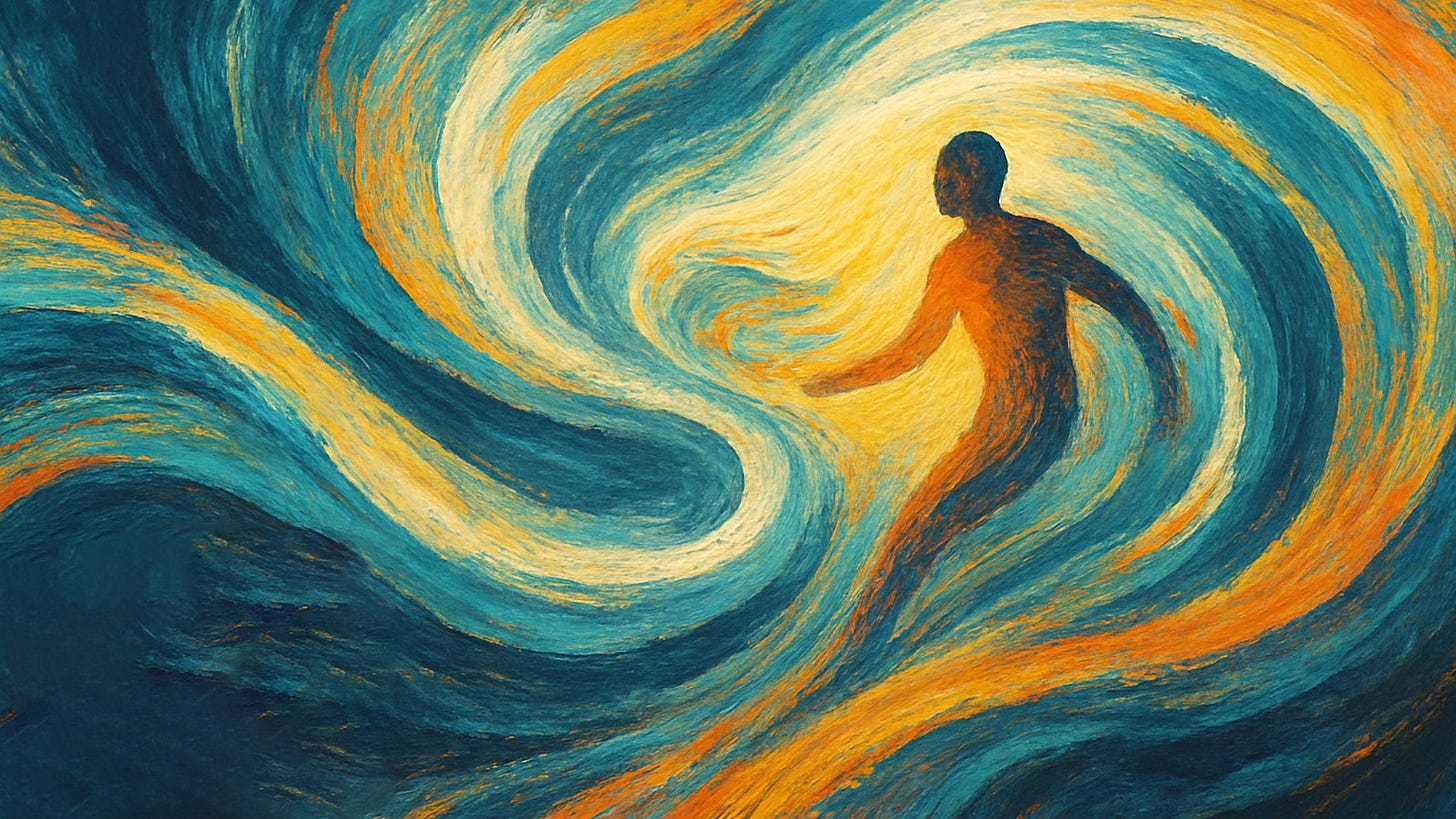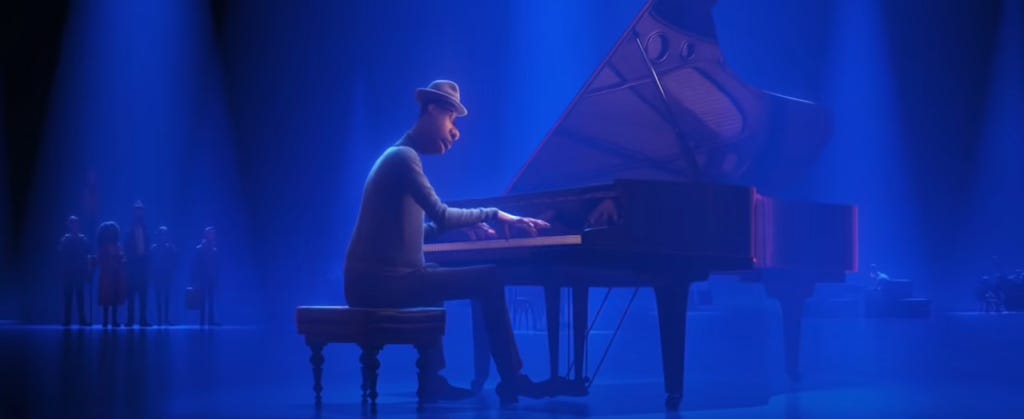
There is a moment when the camera disappears, when you're no longer thinking about settings or composition rules—you’re just seeing. When the work appears exactly as you felt it should and you lose track of time and you’re in a space of complete focus on the work.
That's Flow. That state where skill meets surrender, where we feel alive doing what we were built to do.
At my healthiest time in my life, I find this Flow easily. I can work continually for 12-16 hours or more without an issue. I love the kinds of times, where I can just loose myself to the work and block out the world and the noise and engage fully.
But lately, I've been losing it.
The Science of Flow
This isn't just photographer mysticism or creative self-help bullshit. Flow is real, measurable, and backed by decades of research.
Psychologist Mihaly Csikszentmihalyi first identified Flow in the 1970s—that state where challenge meets skill, where self-consciousness disappears, and where time either slows down or speeds up. Brain imaging shows that during Flow, the prefrontal cortex partially shuts down (what researchers call "transient hypofrontality"), quieting the inner critic and allowing for effortless focus.
Athletes know this. Musicians know this. Surgeons know this. And photographers? We know this too.
The research is clear: Flow isn't just about feeling good—it's about peak performance. People in Flow states are more creative, more productive, and more satisfied with their work. They learn faster, solve problems better, and produce work that feels genuinely theirs.
But here's the kicker: Flow requires specific conditions. It needs clear goals, immediate feedback, and a balance between challenge and skill. It needs deep focus and minimal distractions.
Everything the modern creative industry destroys.
The Science Behind the Blue Light

Mihaly Csikszentmihalyi—the Hungarian-American psychologist who spent decades studying optimal human experience—would recognize it immediately: challenge meeting skill, self-consciousness vanishing, the world narrowing to just the task at hand. Joe isn't thinking about technique or his next gig. He's just playing.
Csikszentmihalyi first identified and named the psychological concept of "flow" in 1975 Mihaly Csikszentmihalyi - The Flow State, Definition & How-to - Still Mind Florida, but his research began in the late 1960s when he was fascinated by artists who became so absorbed in their work that they seemed to lose track of time and self. He noted that the act of creating seemed at times more important than the finished work itself Investigating the “Flow” Experience: Key Conceptual and Operational Issues - PMC.
His breakthrough came through an ingenious study: he gave teenagers beepers that went off randomly throughout the day, asking them to record their thoughts and feelings. Most entries showed the teens were unhappy, but when their energies were focused on a challenging task, they tended to be more upbeat Investigating the “Flow” Experience: Key Conceptual and Operational Issues - PMC.
Csikszentmihalyi would recognize it immediately: challenge meeting skill, self-consciousness vanishing, the world narrowing to just the task at hand. In the move Soul, Joe isn't thinking about technique or his next gig. He's just playing.
But here's what the movie doesn't show: Joe can't reach that state while scrolling through gig apps or performing for social media validation.
Flow requires what the blue light represents—complete immersion. Zero distractions. The kind of deep focus our notification-addicted industry has made nearly extinct.
The Anti-Flow Machine
Here's what I've learned about Flow: you can't reach it if you're scrolling Instagram at midnight, wondering why your portrait work doesn't look like that travel photographer's landscape feed. You can't find it when you're refreshing email dashboards at 11 PM, watching open rates like a day trader.
The industry has become an anti-Flow machine. Every platform, every algorithm, every "growth hack" is designed to pull you out of that state where the magic happens.
We're told to:
Turn every shoot into content
Schedule posts to catch the algorithm's morning rush
Objectify subjects for engagement
Buy new gear to fix uninspired work
Perform our identity like a brand campaign
But Flow doesn't give a shit about your posting schedule. Flow happens when you stop performing and start seeing.
The Confession
Let me be honest: I'm part of the problem. You're reading this because you got put into an email sequence. I spend mornings writing about authentic creativity, then afternoons turning it into Instagram carousels about the death of authentic creativity.
The irony tastes like stale coffee and desperation.
I saw a comment this week: "Most photographers are con men." And honestly? He's not wrong. There are photographers selling dreams they can't deliver, pushing gear they don't use, teaching formulas for creativity that don't exist.
I desperately don't want to be part of that con. But I also need to pay rent with pictures in one of the most expensive cities in America.
Insider/Outsider
I think there are two ways to exist in this industry:
The Insiders are fully bought into the game—chasing algorithms, selling dreams. Their feeds are curated and scheduled, every post optimized for conversion. They have virtual assistants they've never met sending out proposals that sound like their voice, if their voice was trained by a marketing course.
The Outsiders fall into two camps: those who've reached such success they don't need to play the game, or the quiet artists making work just because art is still valuable—whether it's on Instagram, in a gallery, or in some forgotten binder.
But I'm neither. Or maybe I'm both.
I'm building Terrible Photographer because I need a third way. A way to stay in Flow while still surviving the industry. A way to resist commodification without going broke.
The Flow Resistance
This is what I'm building Terrible Photographer to fight against. Not just the commodification of creativity, but the systematic destruction of the conditions that make Flow possible.
Because maybe it's naive to believe photography can still be more than content. Maybe I'm fighting a battle already lost to scroll-stopping posts and affiliate links.
But maybe there are enough of us who believe the struggle is worth it. That this weird, difficult, occasionally magical thing we do is worth preserving—not just as a way to make money, but as a way to stay human in an increasingly algorithmic world.
The research backs us up: Flow isn't just a nice feeling. It's the state where our best work happens. It's where we find meaning, satisfaction, and genuine creativity.
If you've felt that disappearing moment when the camera becomes an extension of your eye, you know what I'm talking about. If you've lost that feeling to endless scroll comparison and 2 AM existential spirals, you know why we need to fight for it.
The Real Talk
I don't have a system or formula for finding Flow—that's exactly what I'm resisting. But I have questions worth wrestling with: How do we stay in Flow in a world designed to pull us out? How do we resist commodification while still paying rent?
This is what I'm building. Not because I've figured it out, but because figuring it out together sounds less lonely than sitting in that garage, wondering what comes next.
The mission: Resist the commodification of the craft. Build a life that's profitable, sustainable, and true. So you can stay in Flow.
Because every photograph you create has your signature on it, and that's not a small thing. That's everything.
Hit reply if this resonates—I read every response.
P.S. Yes, I'm going to sell you things. But I won't sell you the HOW or WHAT—those are easy. I want to help you figure out the WHY. Because without the why, there's no Flow. And without Flow, we're just content creators with expensive cameras.



